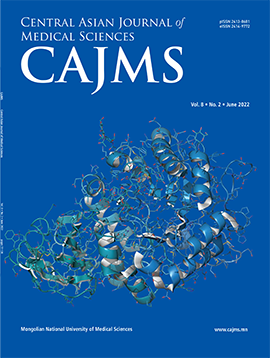The Results of the Total Hip Arthroplasty Using 3D Printing Technology
DOI:
https://doi.org/10.24079/cajms.2020.03.004Keywords:
3D printing technology, Total hip arthroplasty, Developmental dysplasia of the hip, Femoral neck anteversionAbstract
Objectives: To study the value of 3D printing of custom THA femoral prostheses with conventional femoral prostheses in total hip arthroplasty for severe hip deformity. Methods: Total hip arthroplasty was used in the treatment of 107 severe hip joint deformity cases from June 2018 to June 2019. Fifty-six patients received conventional hip replacement stems and 51 patients received a custom 3D printed hip replacement stem designed to address their proximal deformity and leg length discrepancy. The operation time, intraoperative blood loss, postoperative weight-bearing time, Harris score before and after the operation, complications after surgery and the main angle measurement of compared to their contralateral hip were evaluated to determine the short-term efficacy of 3D printed total hip replacement femoral prosthesis compared to the common total hip replacement femoral prosthesis. Results: A total of 107 patients were followed up for an average of 12 months. The use of 3D printing technology in the preoperative design and custom prosthesis fabrication was associated with shortened operation time, less intraoperative blood loss, quicker time to postoperative full weight-bearing, and improved the Harris score in 1 year after the operation compared to conventional total hip replacement stem (p<.05). Our results revealed that there was a significant reduction in the femoral anteversion with a value of 13.06 ± 1.93 degrees (mean ± SD) in the custom prosthesis group compared to the conventional hip replacement group. However, there was no significant difference in neck-shaft angle, acetabular angle, and Sharp angle between both groups (p>.05). Conclusion: 3D printing technology created a virtual and realistic simulation, and personalized operation plan for patients with severe hip deformity, which was helpful for surgical treatment. The anatomical characteristics of patients with complex deformities were better addressed using the 3D printed femoral component and resulting in better patient outcomes and provided a new option for surgeons to manage these difficult cases.
Downloads
369
Downloads
Published
How to Cite
Issue
Section
License
Copyright (c) 2020 Mongolian National University of Medical Sciences

This work is licensed under a Creative Commons Attribution-NonCommercial 4.0 International License.




